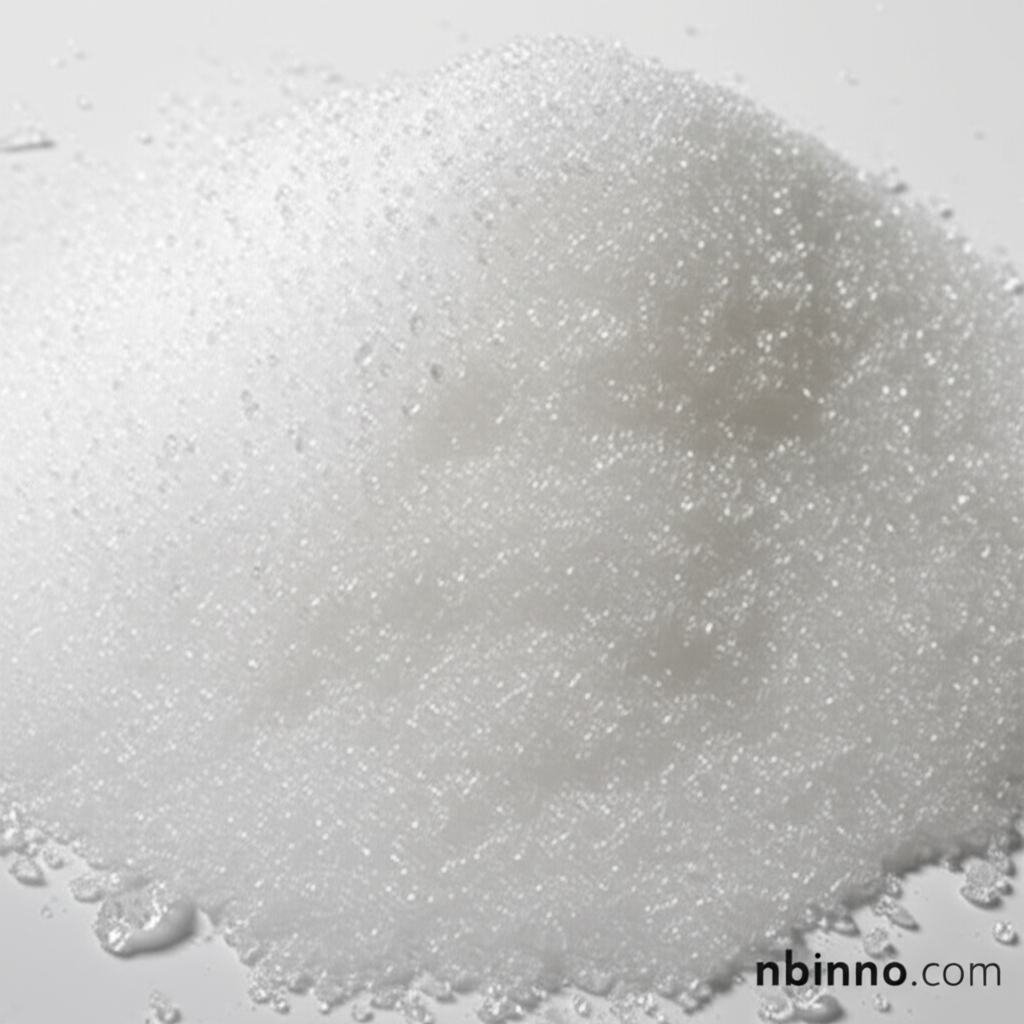2,2-Bis(bromomethyl)propane-1,3-diol: Enhancing Fire Safety with Advanced Chemistry
Discover the crucial role of this brominated compound in modern materials, while understanding its safety profile.
Get a Quote & SampleProduct Core Value

2,2-Bis(bromomethyl)propane-1,3-diol
This compound serves as a vital brominated flame retardant, significantly enhancing fire resistance in various materials. Its application as a fire retardant for polyester resins and in molded products, as well as rigid polyurethane foam, makes it indispensable for improved safety standards. Understanding its properties is key for effective industrial use.
- Flame Retardant Solutions: Explore the efficacy of 2,2-Bis(bromomethyl)propane-1,3-diol as a critical component in fire protection materials.
- Dibromoneopentyl glycol uses: Learn how this chemical intermediate contributes to the performance of advanced polymers.
- CAS 3296-90-0 properties: Delve into the specific chemical and physical characteristics that define its industrial utility.
- Carcinogenicity of brominated flame retardants: Gain insight into the safety considerations and toxicological profile of this compound for responsible application.
Key Advantages
Enhanced Fire Resistance
The high bromine content of this compound makes it an effective agent in preventing or slowing the spread of fire, a critical factor in material safety and compliance.
Versatile Application
Its utility spans across unsaturated polyester resins, molded products, and rigid polyurethane foam, demonstrating its adaptability in diverse manufacturing processes.
Chemical Intermediates for Polymers
As a key chemical intermediate, it facilitates the creation of polymers with specialized properties, pushing the boundaries of material science.
Key Applications
Unsaturated Polyester Resins
Leverage the fire-retardant properties of 2,2-Bis(bromomethyl)propane-1,3-diol to enhance the safety of polyester-based materials, a common requirement in construction and manufacturing.
Molded Products
Improve the fire performance of various molded components, ensuring compliance with stringent safety regulations and protecting against fire hazards.
Rigid Polyurethane Foam
Integrate this additive into polyurethane foam formulations to achieve superior flame retardancy, crucial for insulation and structural applications.
Polymer Additive Innovations
Explore its potential as a building block for developing next-generation polymers with tailored resistance to fire and heat.
